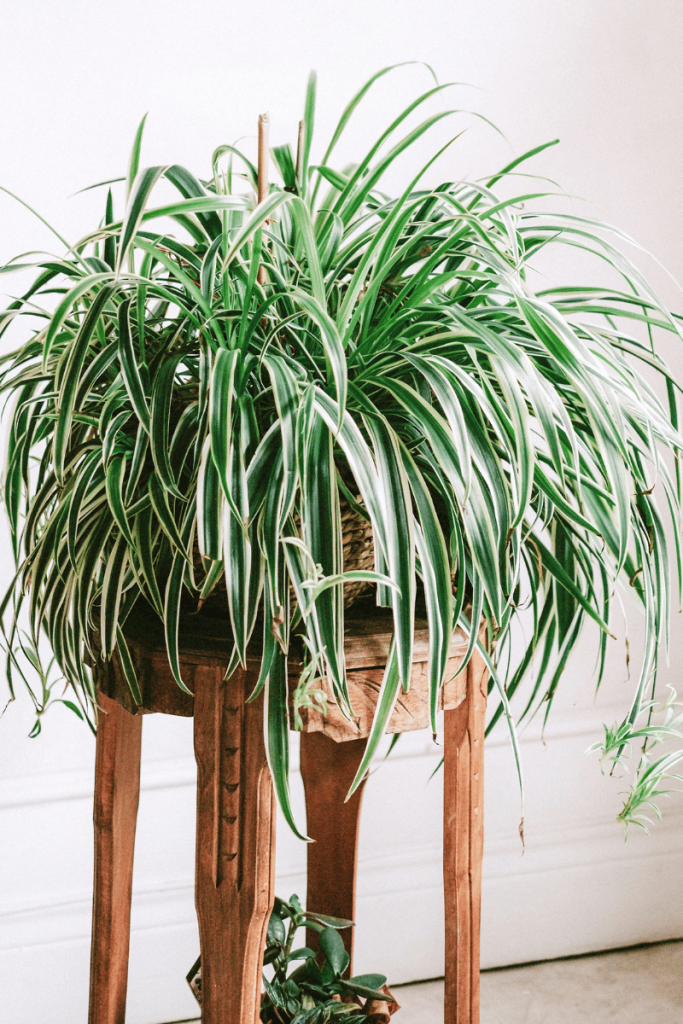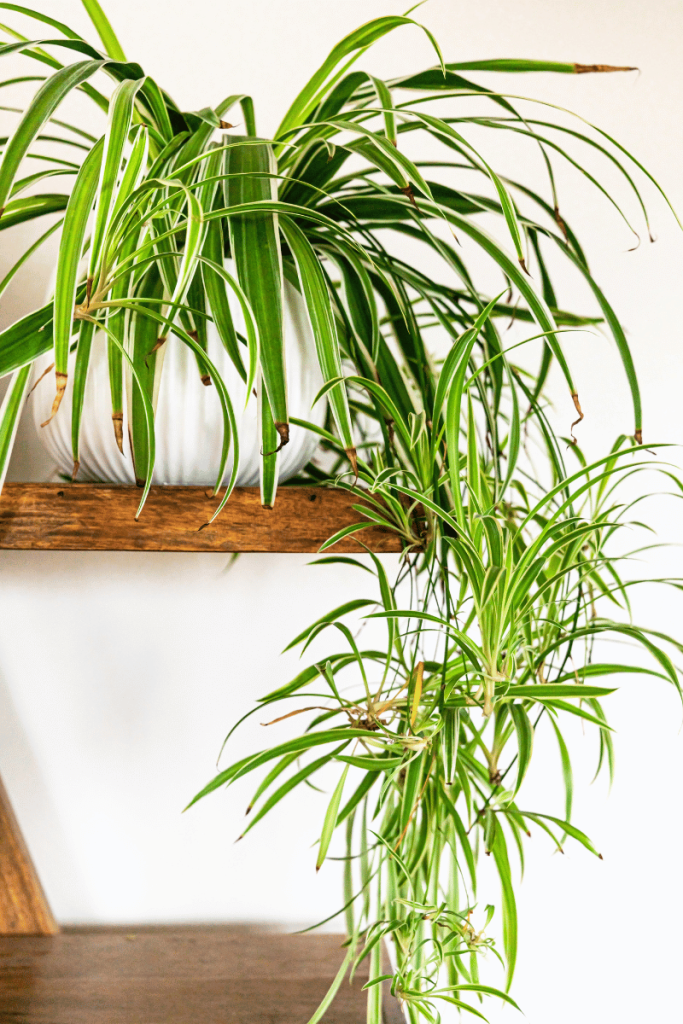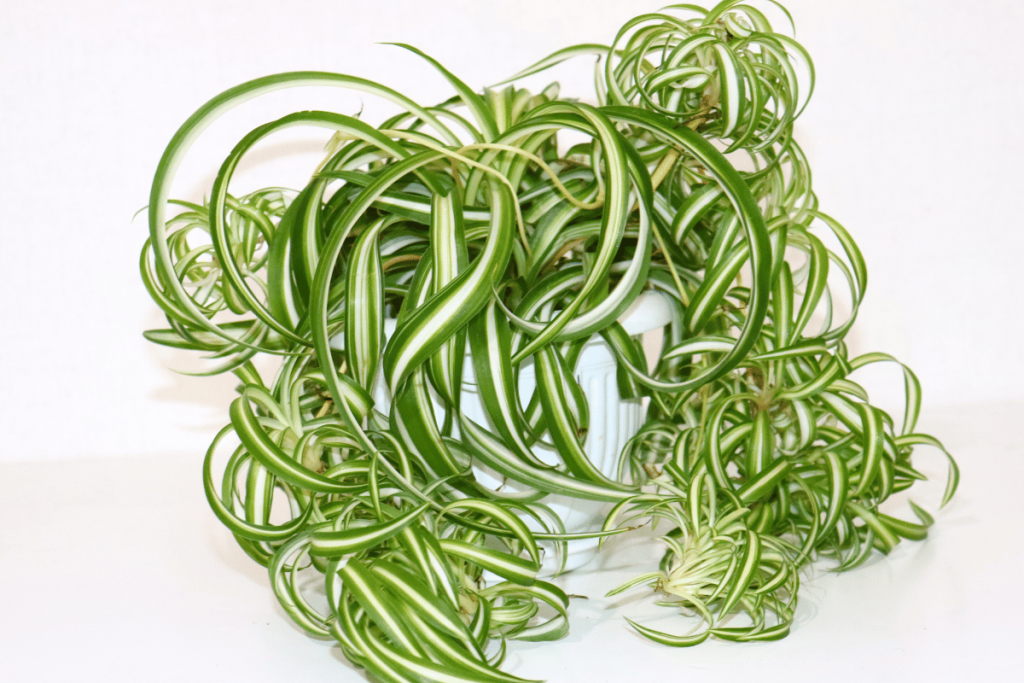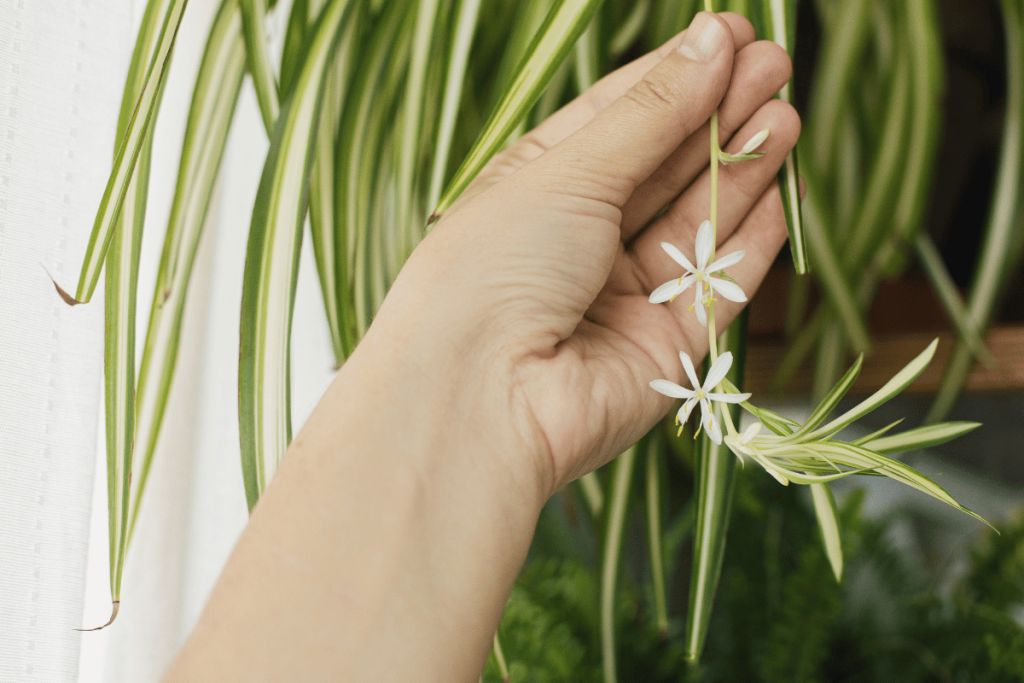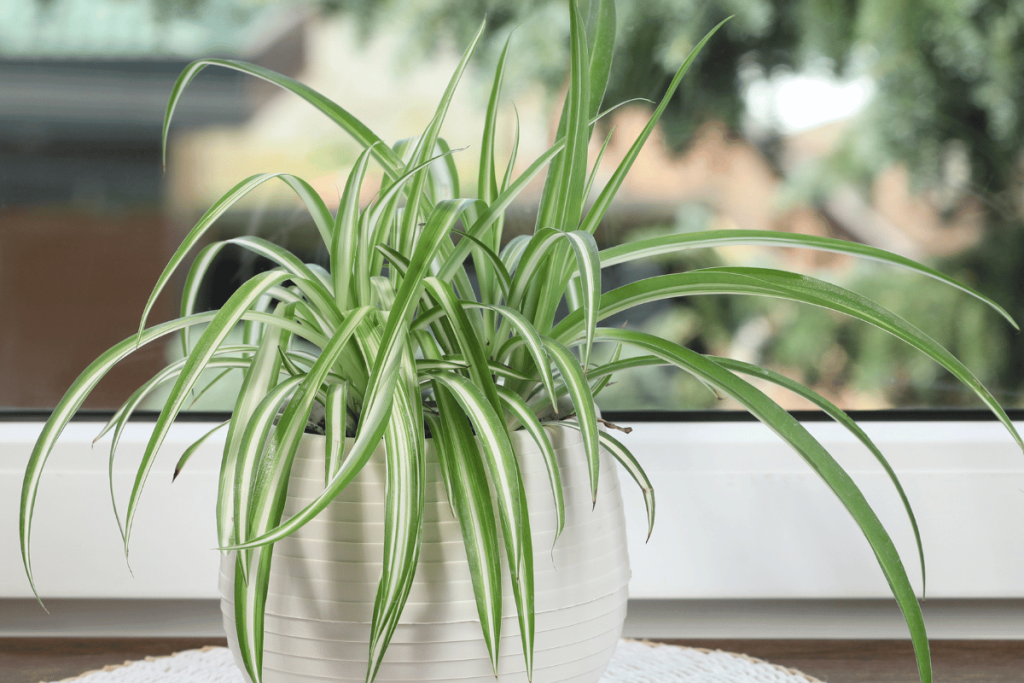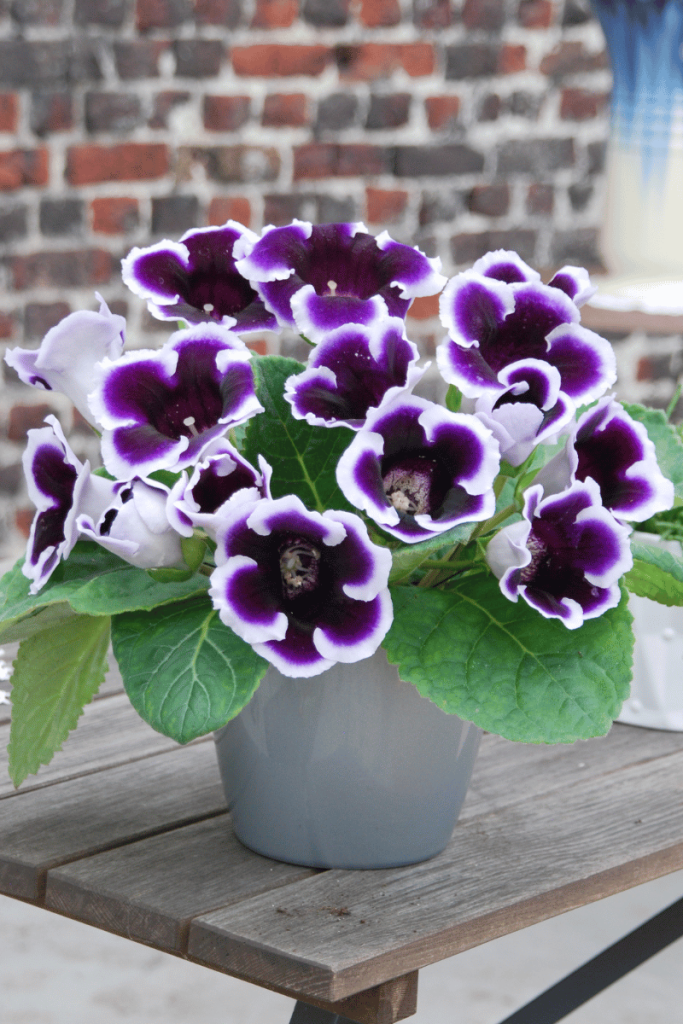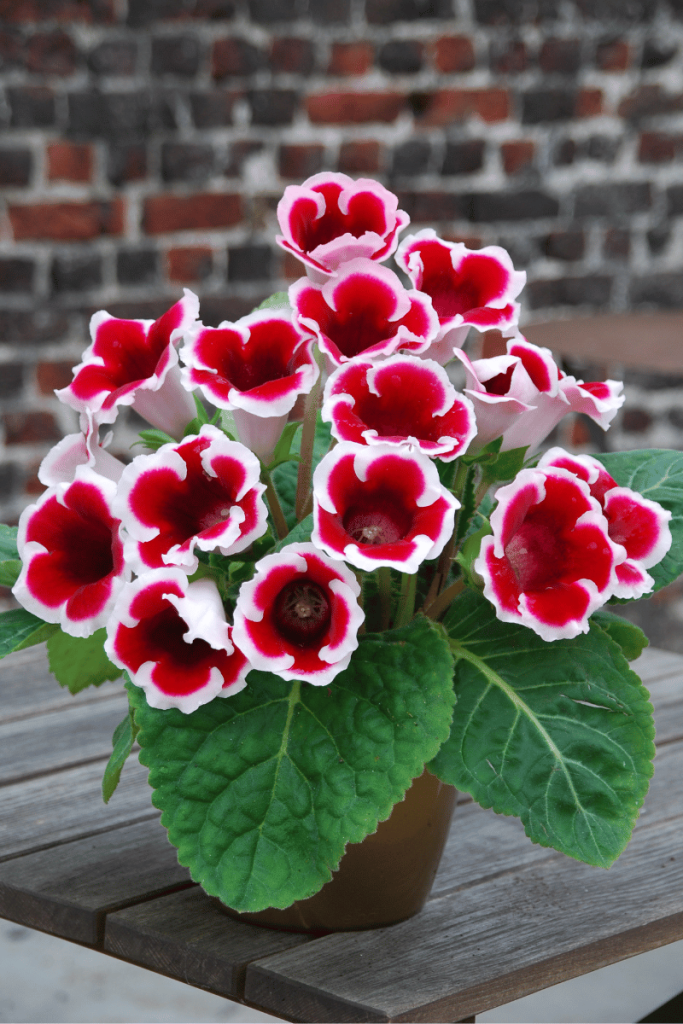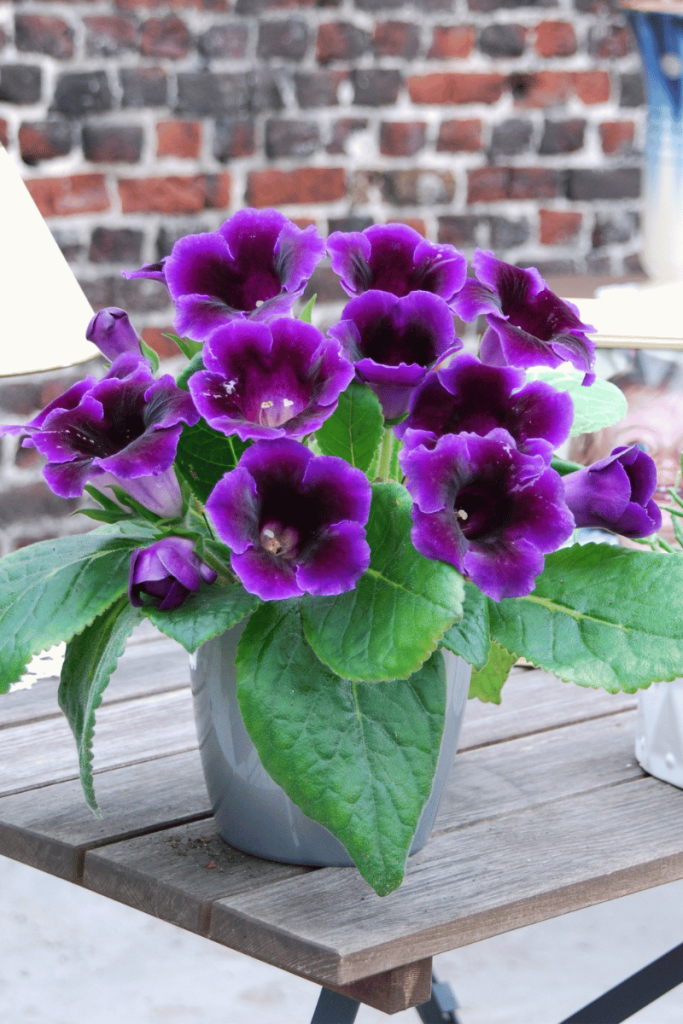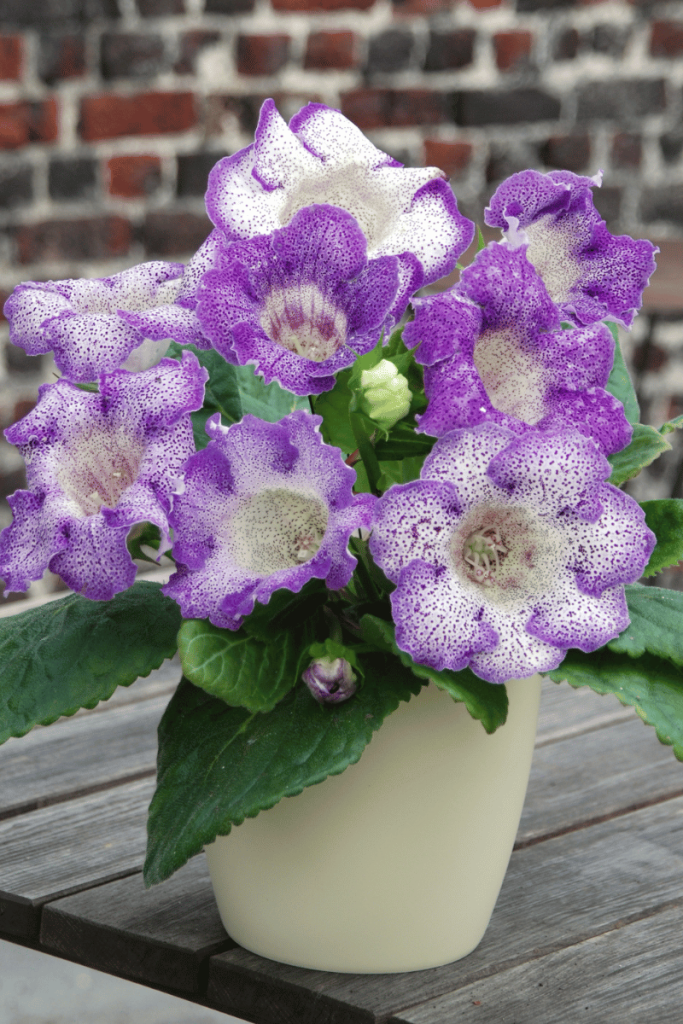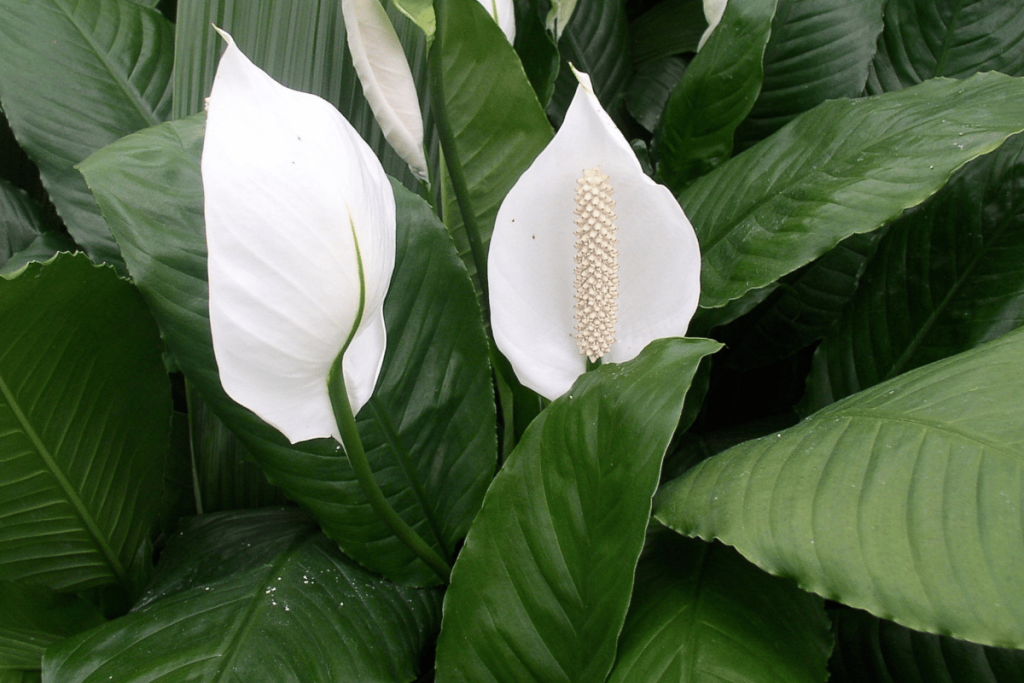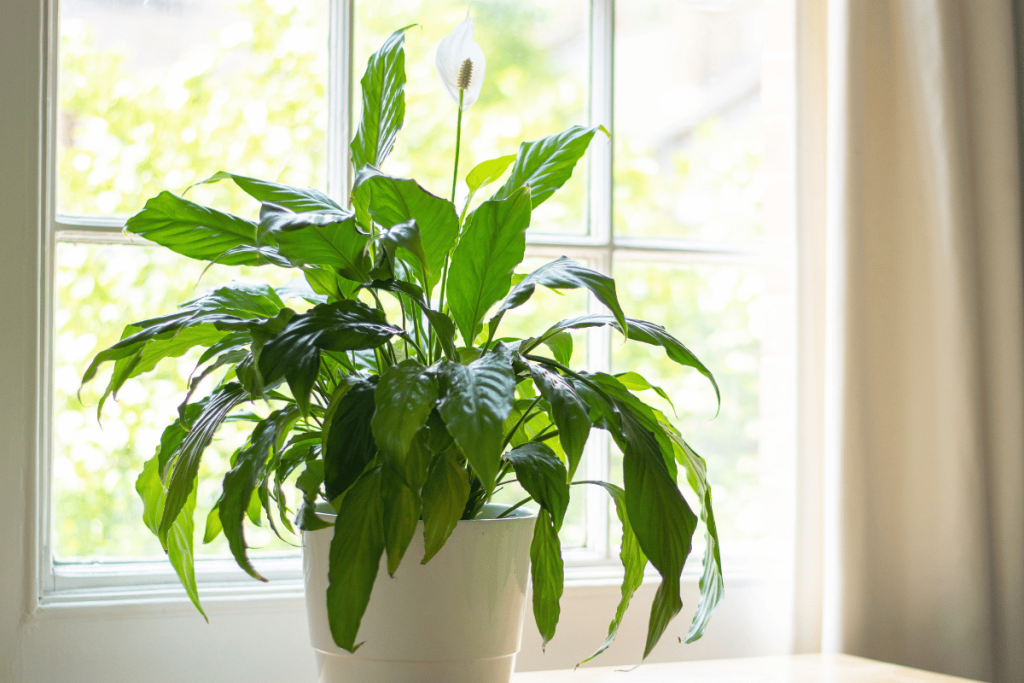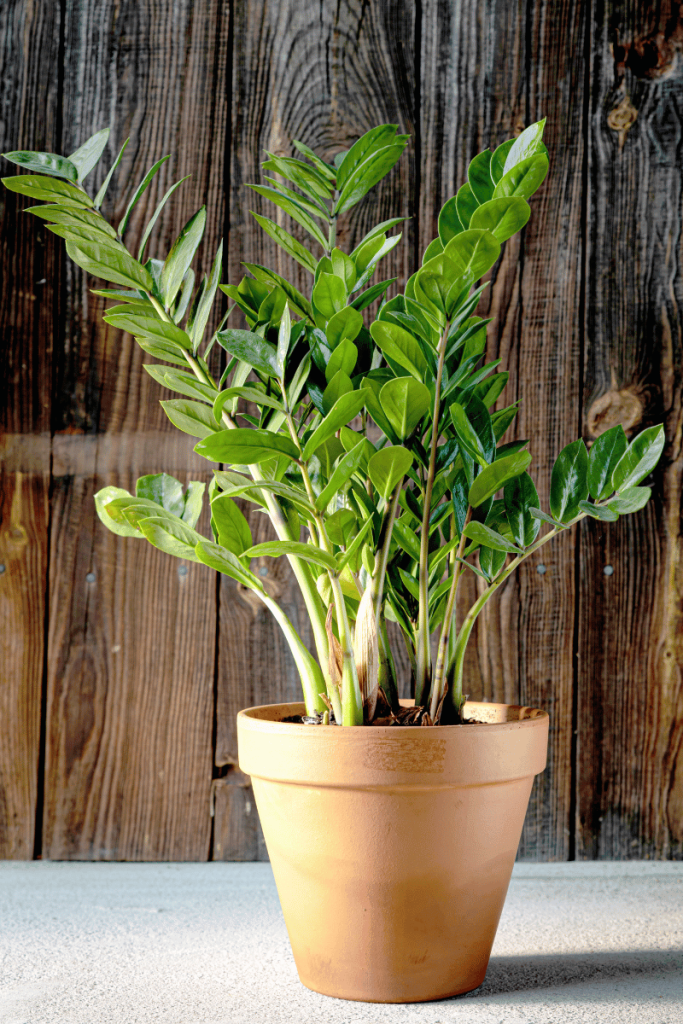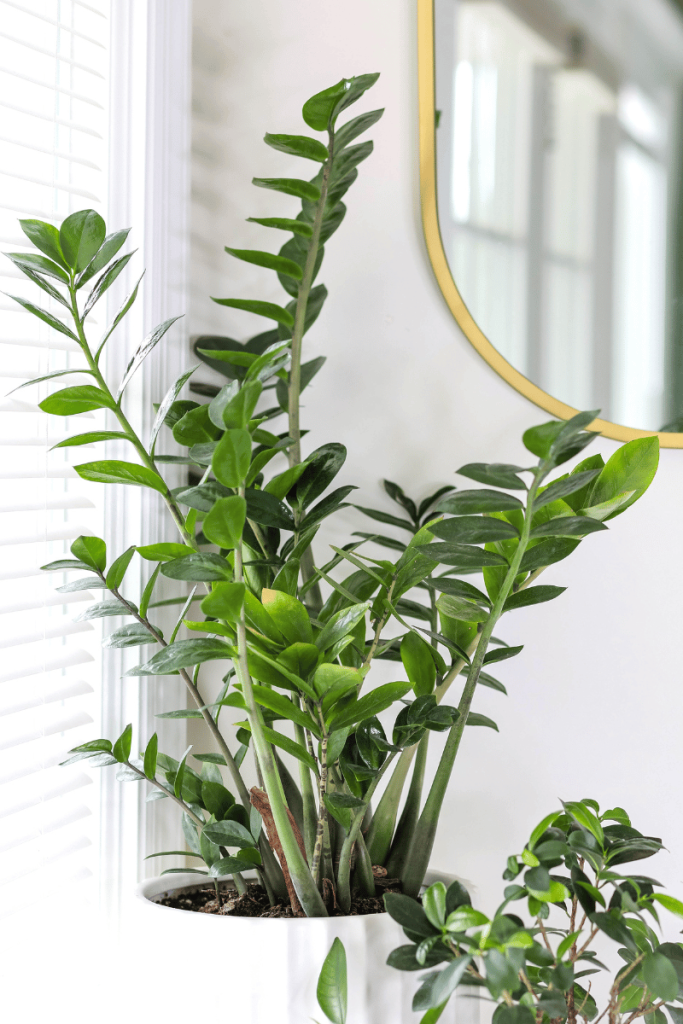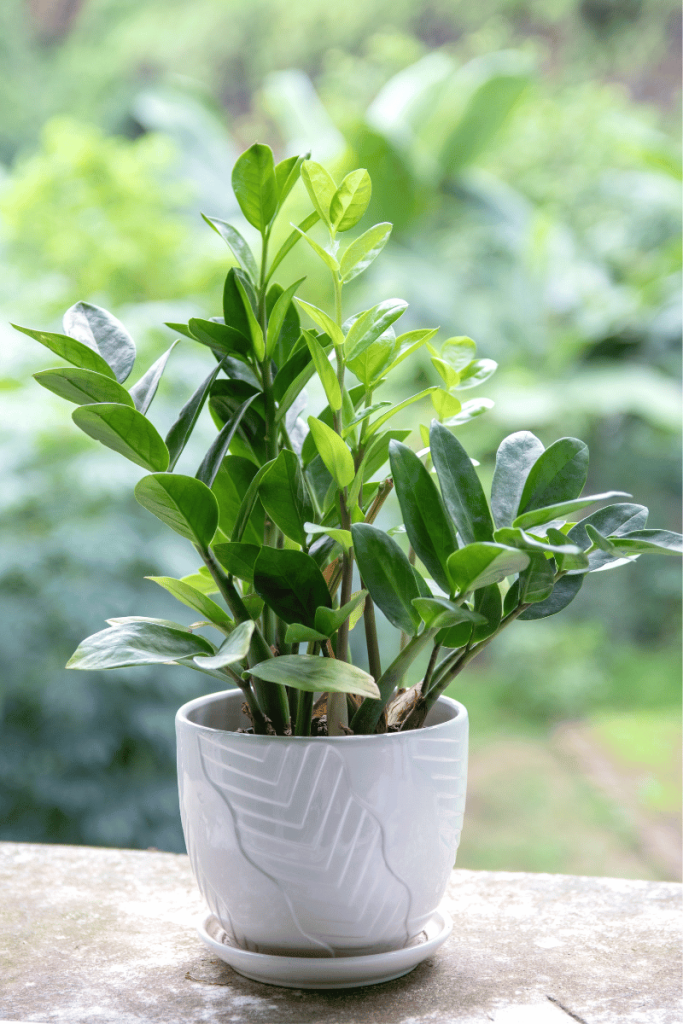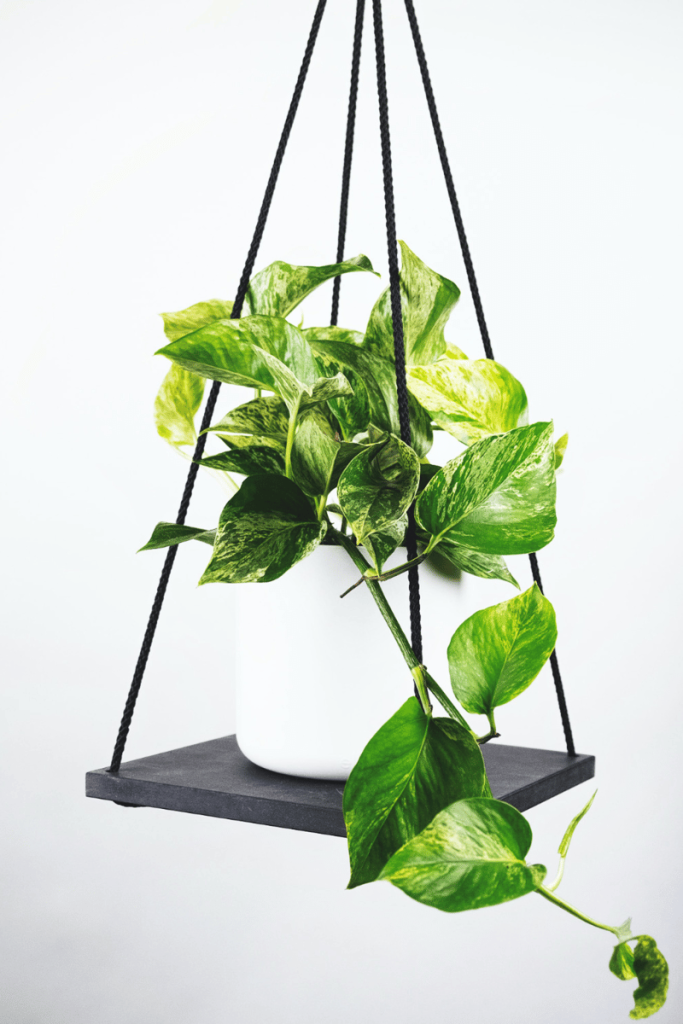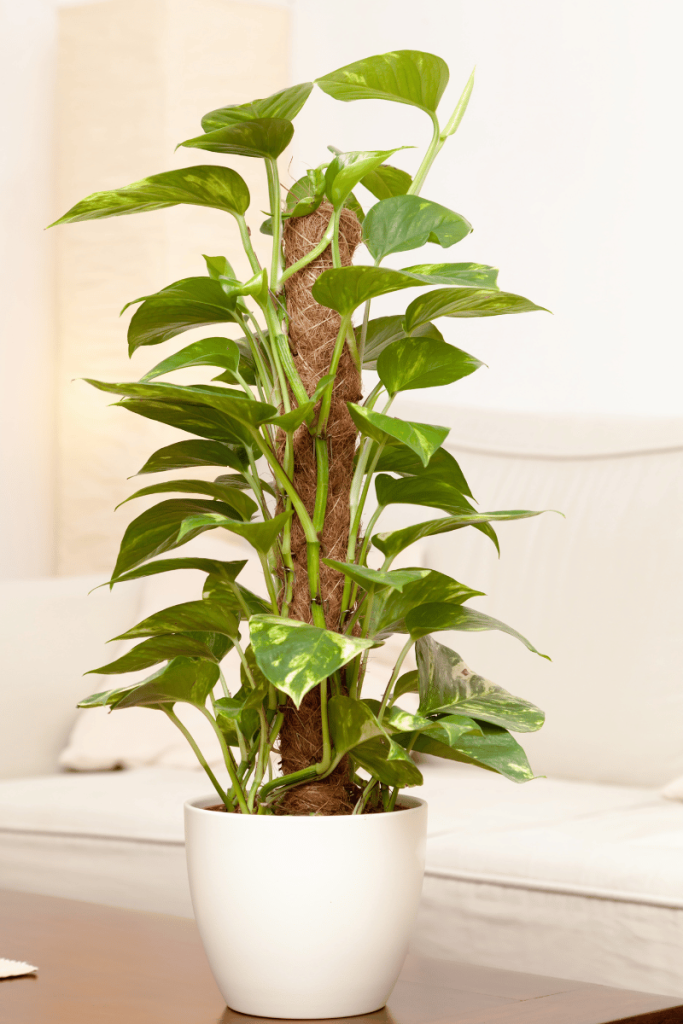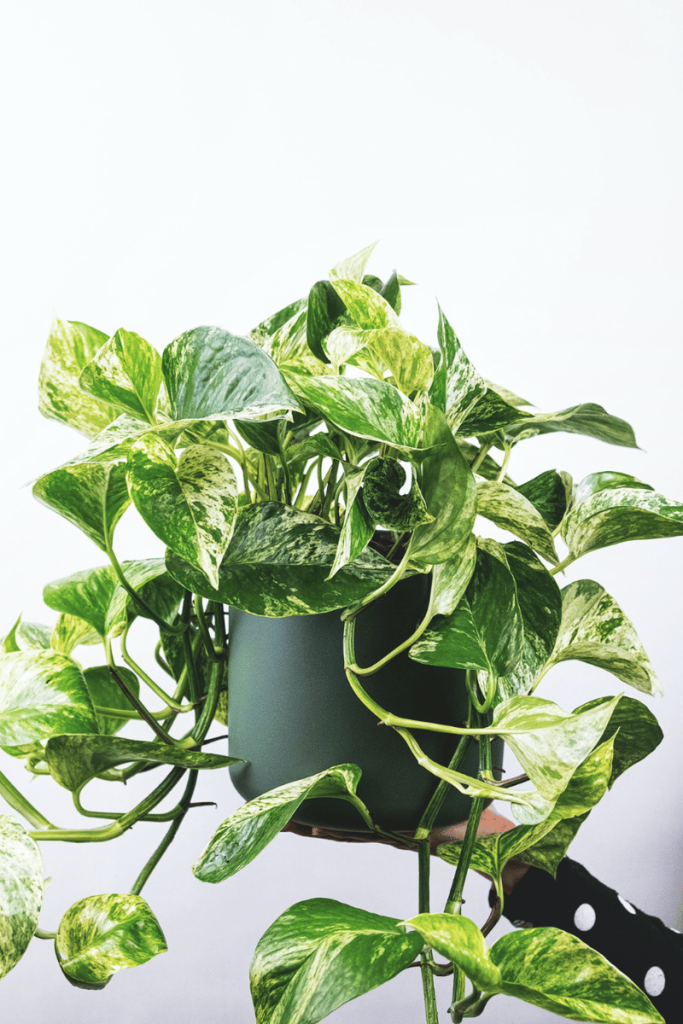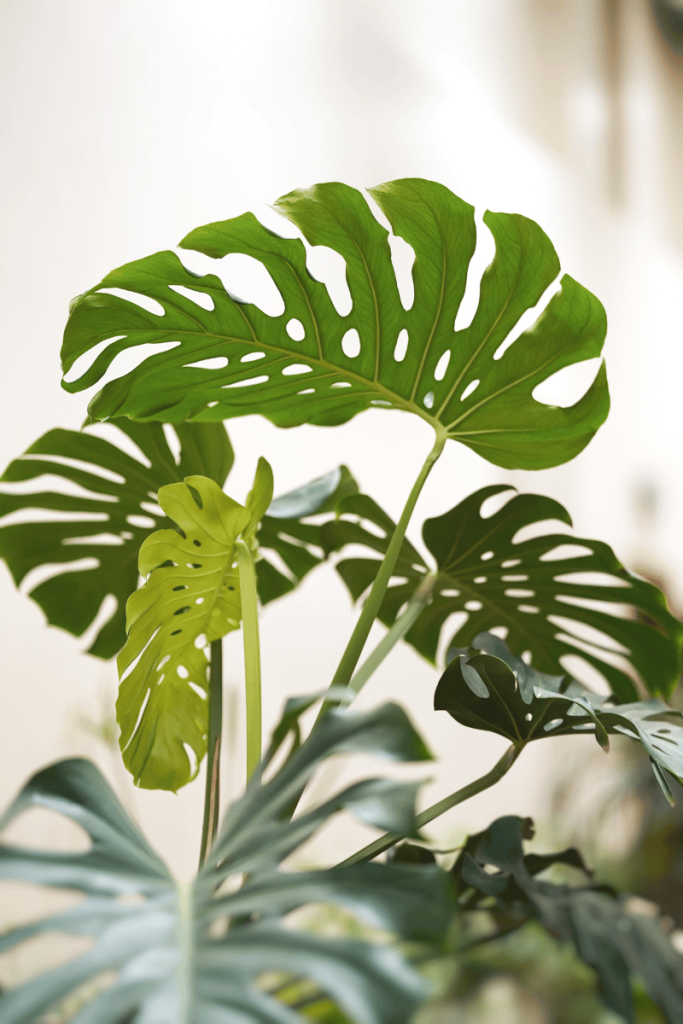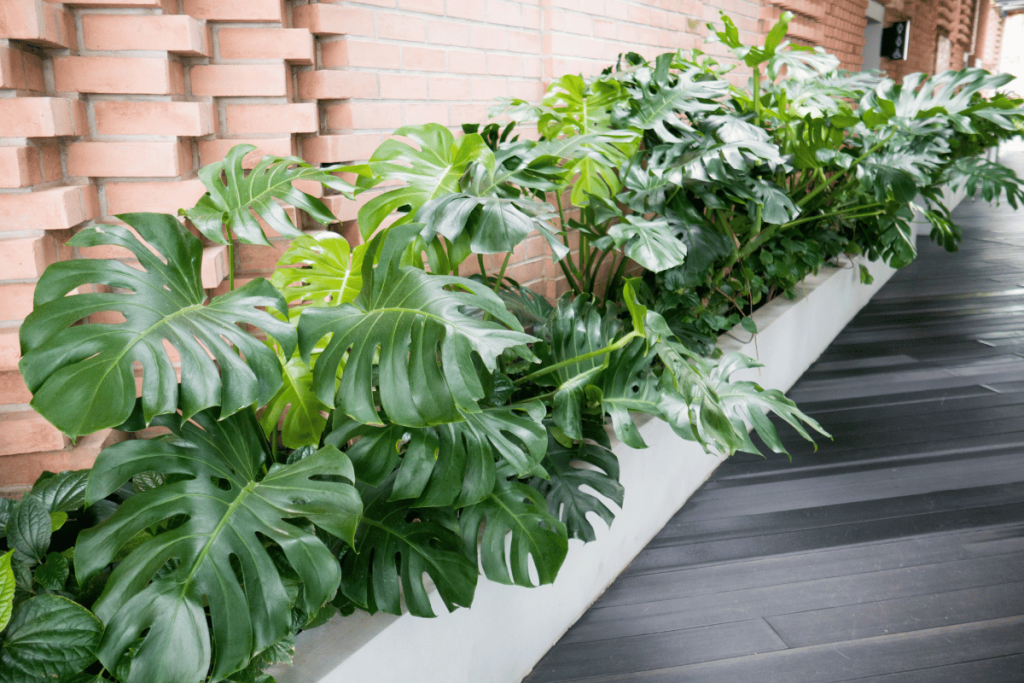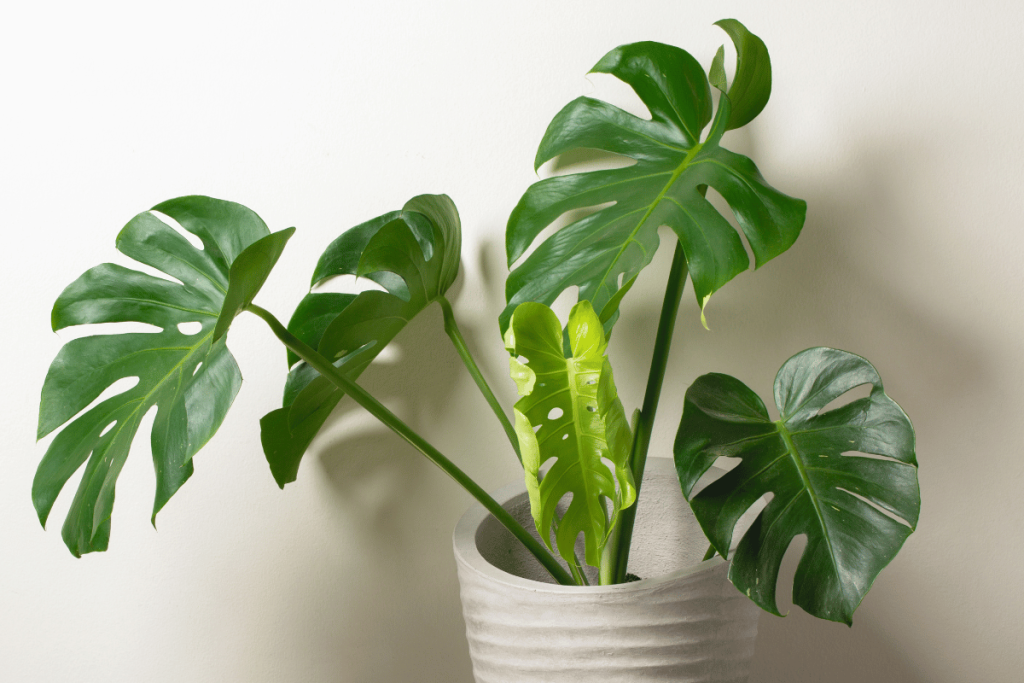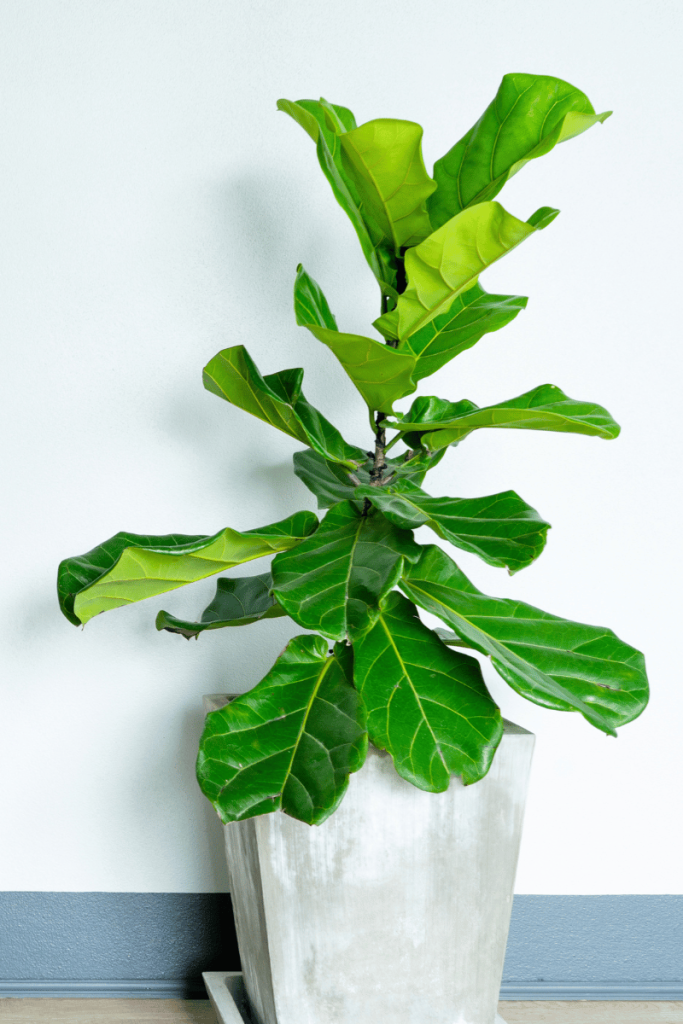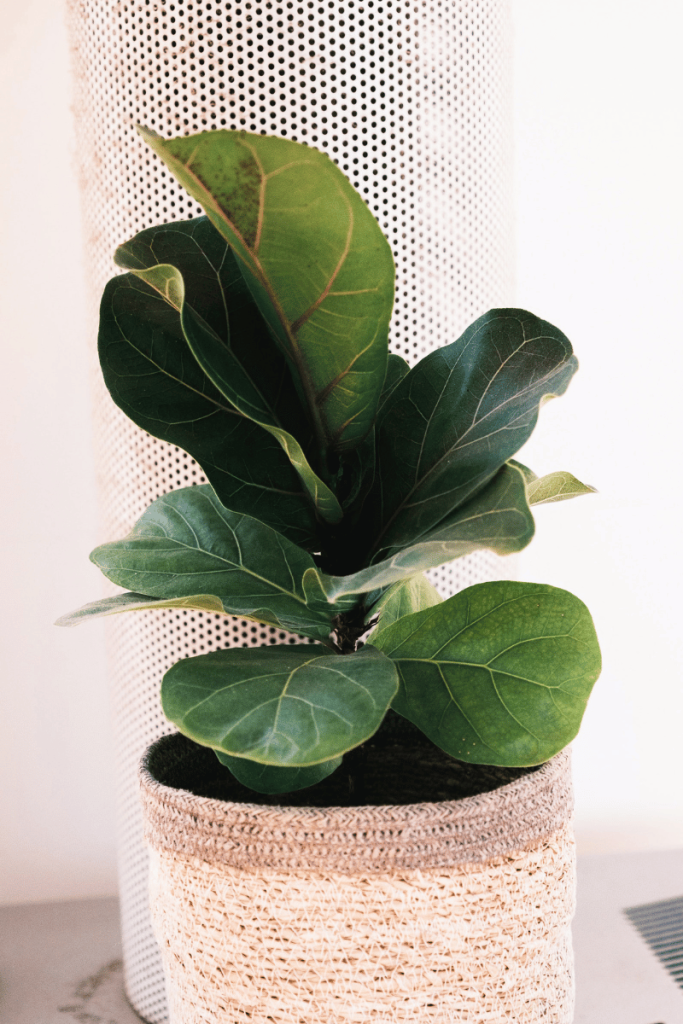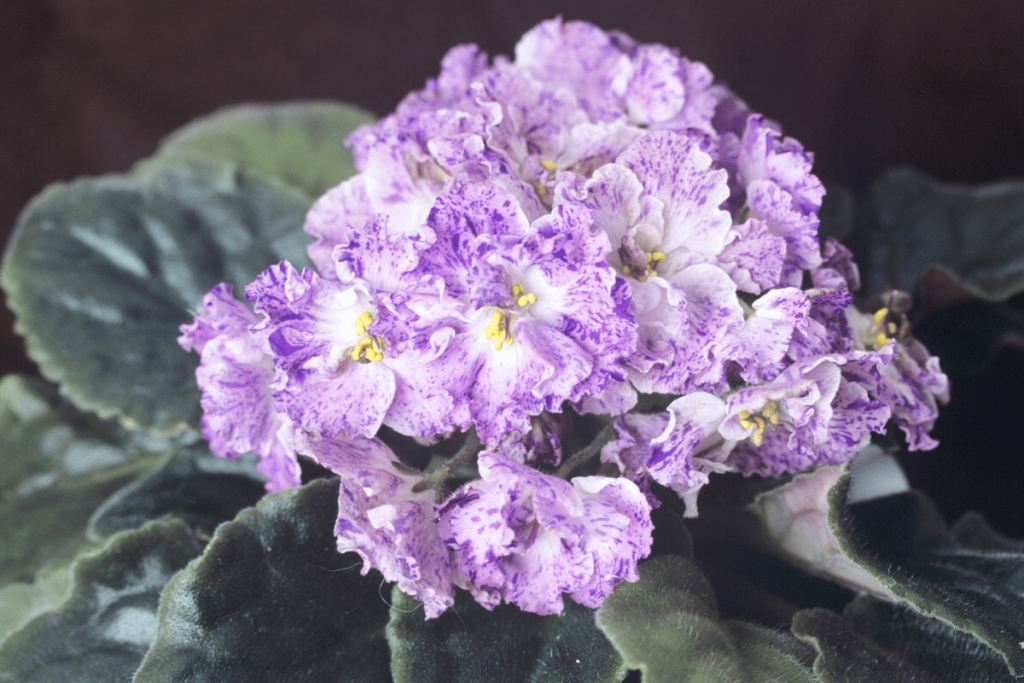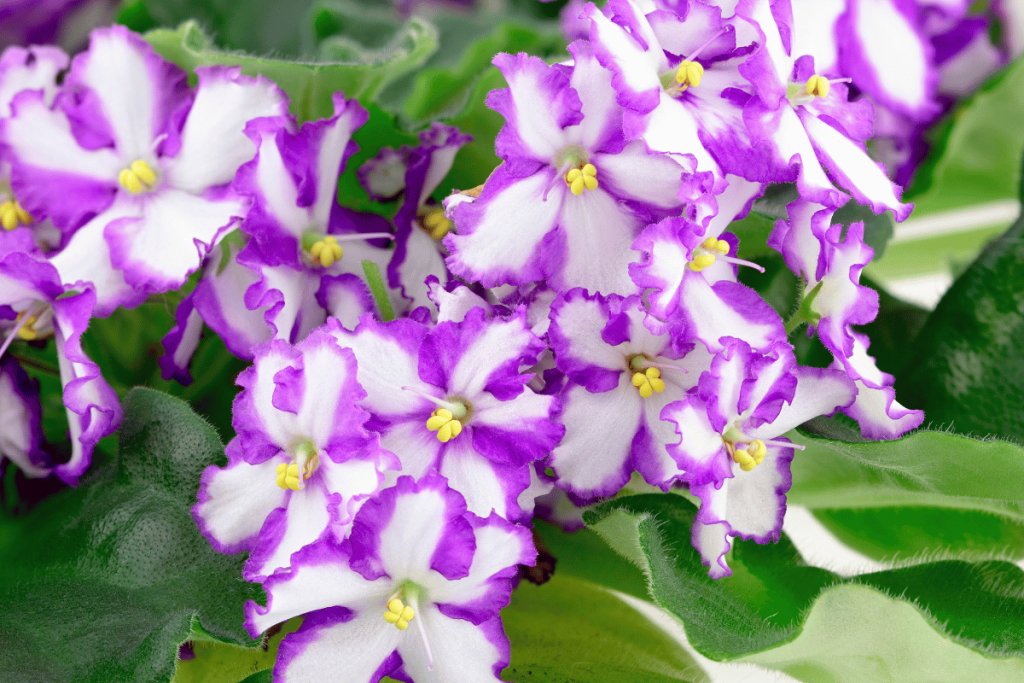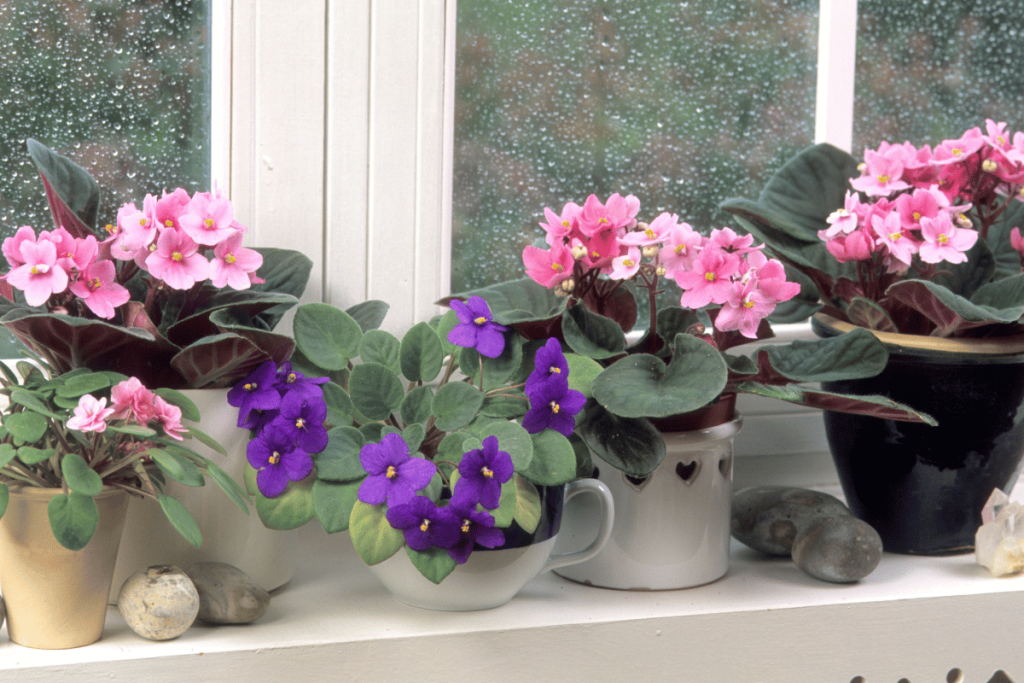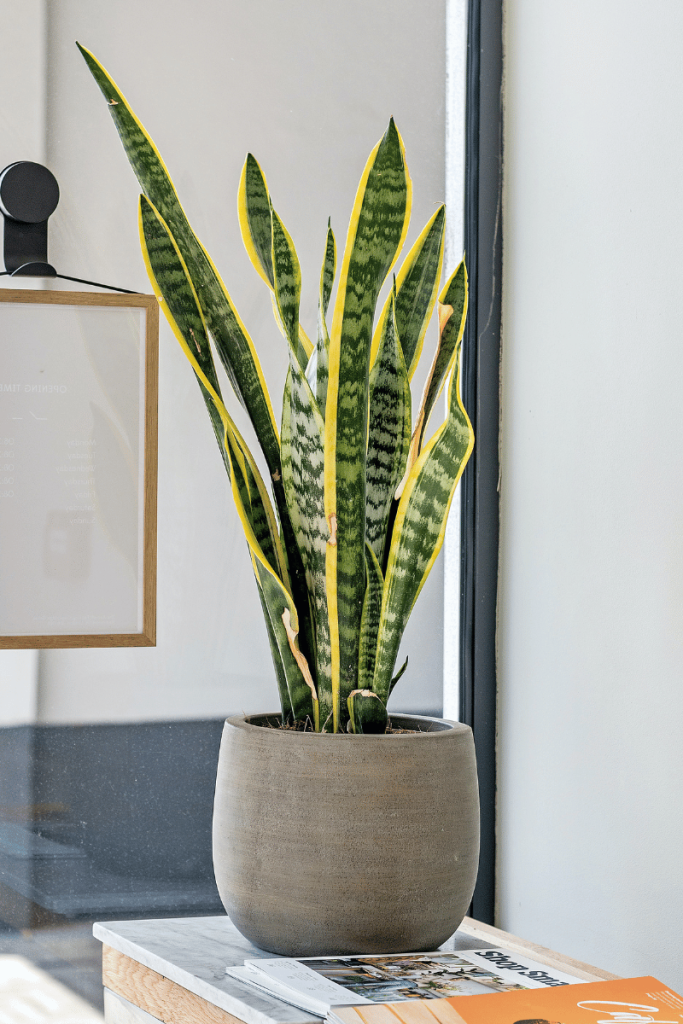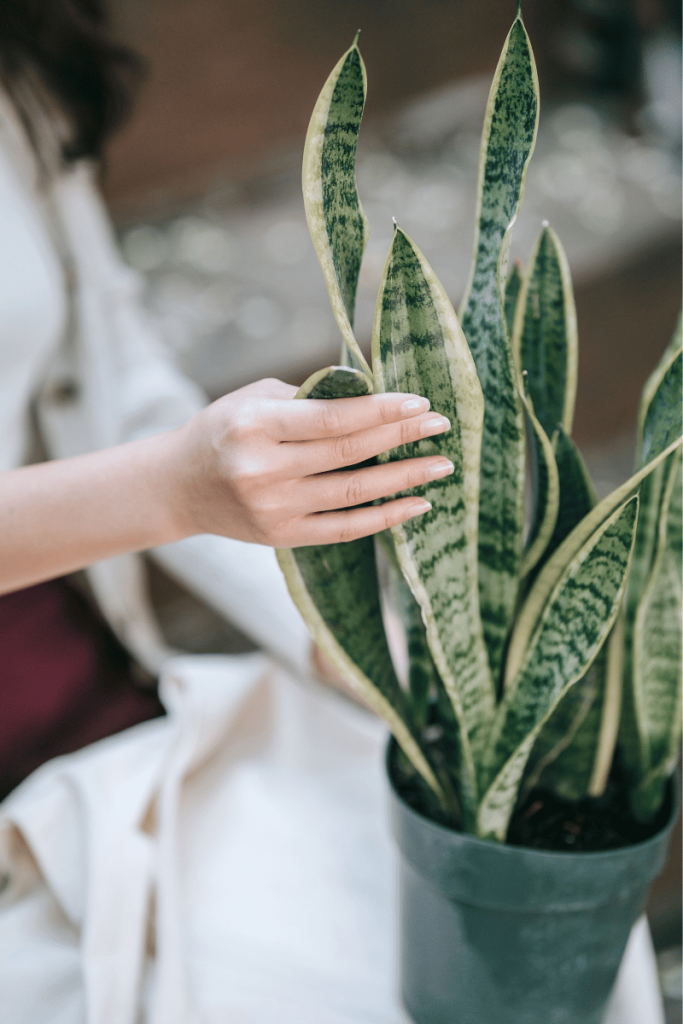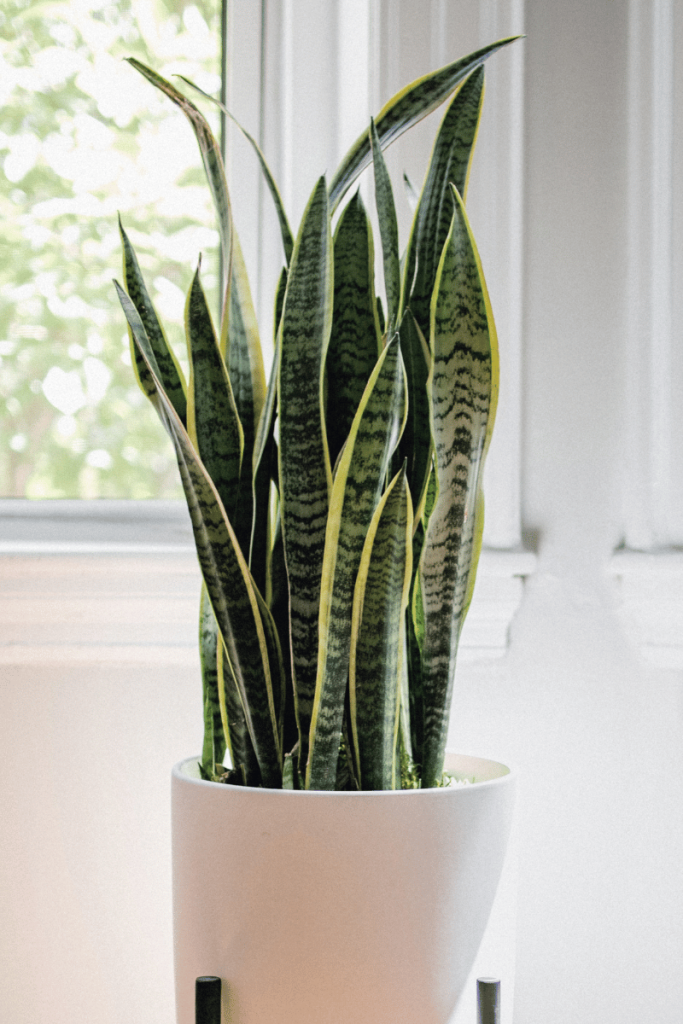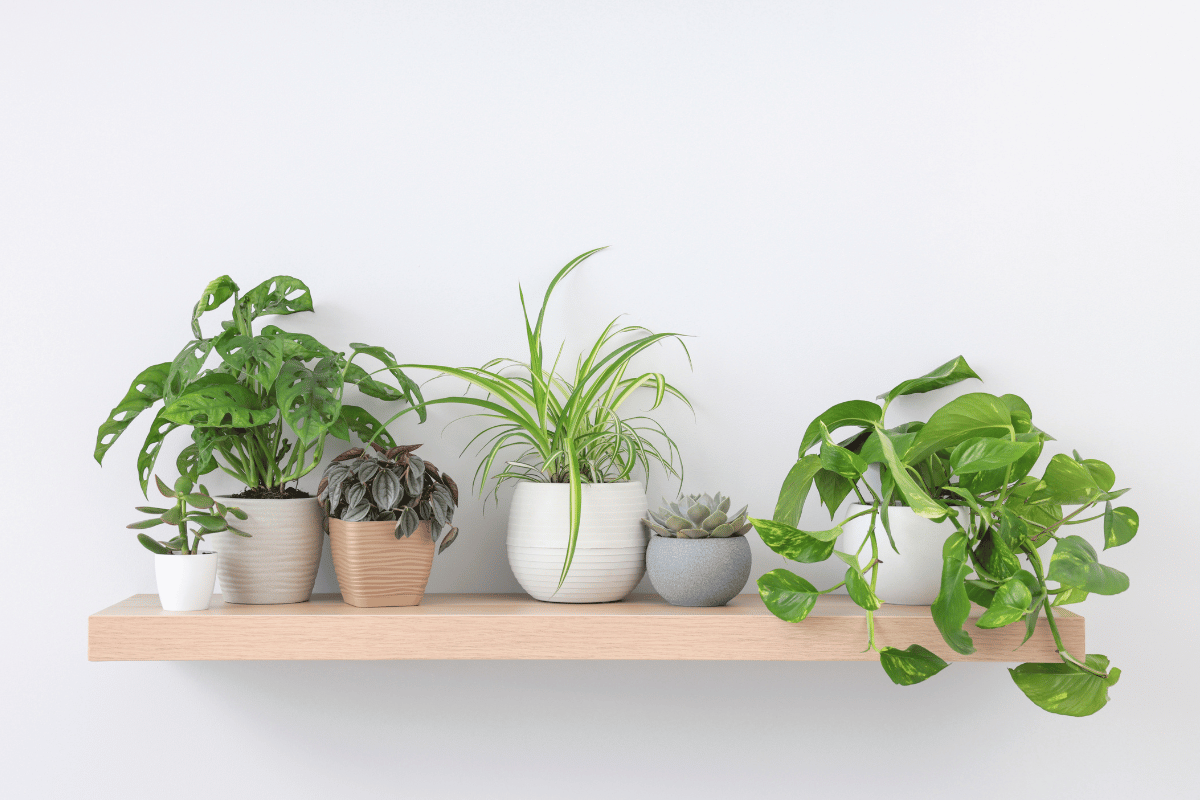
Top 10 Houseplants for Your Home
Bringing houseplants into your home brings all the best elements of nature indoors. Not only do houseplants boost your home’s aesthetic, but they also have the added benefit of improving air quality in your home. During those cold, wet, winter months, it can be hard to get your gardening fix! Solve that by adding to your indoor garden! If you’re looking for the best indoor plants to spruce up your space, then we’ve got ideas for you! Here are our top 10 picks for the best indoor plants!
Table of Contents
Spider Plant
The popular spider plant (Chlorophytum comosum) is known by many as one of the easiest house plants to grow! It can withstand many different conditions, and also has very few problems with growing. If you forget to water it, no worries! It is very forgiving, as long as it’s not over-watered. These plants are some of the best at purifying the air too! Spider plants prefer well-draining soil in a spot of your home that has bright, indirect light. As the plant continues to grow, you’ll notice little baby “spiderettes” or offshoots, which dangle down from the main plant, creating new dimensions and shapes. Sharing these plants is as easy too. Just trim a “spiderette” from the main plant, then plant it in a container of fresh, moist, indoor potting soil. Spider plants are perfect in a hanging basket, or dangling pot so that you can see the growth! So, if you’re looking to get started with indoor plants, a spider plant is a great one to start with!
Gloxinia
Gloxinias grow gorgeous, large, and velvety leaves with huge bell-shaped flowers that range in colours from reds, purples, and white speckled. Growing gloxinia is such a great way to bring colour into your home and add to your indoor garden collection! You can find Gloxinia tubers at your local garden centres in early spring. Find a pot about 4-6″ in diameter, and plant the tuber hollow side up, about 1/2″ deep. Gloxinias can be a bit tricky to care for, but with the right amount of light and water, they will thrive. Make sure you keep them in a spot that gets lots of bright, indirect light, and ensure to water enough that the soil is always moist. The blooming cycle begins about four months after planting and lasts as long as 3-4 months. Start tubers in mid-February and you will see flowers by July and into fall!
Peace Lily
Peace Lily (Spathiphyllum) is an all-time favourite houseplant thanks to its resilience and easy care. They have gorgeous dark green glossy leaves and produce beautiful white flowers in the spring and summer months. It thrives best in bright, indirect light and should be watered when the soil feels dry (about once a week). The peace lily plant is very forgiving, if you see its leaves start to droop, that’s your plant telling you it’s thirsty! Water your plant, and within hours you will see the leaves perk up again. Peace Lily plants are very efficient at purifying air, and adding oxygen to your home, and look pretty while doing it. The peace lily is very commonly associated with sympathy, hope, and like the name says, peace!
ZZ Plant
The ZZ Plant (Zamioculcas zamiifolia) is the perfect plant for those who can never seem to keep houseplants alive! Believe it or not, the ZZ plant thrives off minimal care. They are very slow-growing plants, so you may not notice much growth, but that’s OK. They prefer to be in a spot with bright, indirect sunlight, but can also tolerate low-light areas. If you forget to water your plants, then this is the one for you. ZZ Plants can go with a missed watering one, two, or even three times and still thrive. Water your ZZ plant when the soil is fully dry. So, if you’re someone who has never seen themselves as a “green thumb” then the ZZ Plant is the perfect choice for you! It’ll definitely add some interest to your living space and will bring lots of joy. You won’t regret it!
Pothos
Pothos plants are well known for their trailing habits, and heart-shaped leaves ranging in colours from neon greens to marbled greens and whites. They make great houseplants, and can grow very quickly, up to 12″ in length per month! They’re also very easy to care for since they can tolerate low light and occasionally missed waterings. Although tolerating low light, Pothos prefer to be in bright, indirect sunlight and make sure to let the soil dry out before watering again. With a little love and attention, your Pothos plant will be sure to thrive! Put your Pothos in a hanging basket, or off a shelf and watch the leaves trail down, adding gorgeous colour to your home!
Begonia
The best time of year to start your begonias is February through March. Begonias are ideal for containers and are available in several different forms: single, double, upright or cascading, rose form or fringed. Although delicate in appearance, begonias are strong and easy to grow. Purchase tubers in February and March and if you start growing them indoors right away, you can have early summer blooms! Start your tubers in a container and set them indoors in a warm, sunny location. Ensure that your container stays moist but avoid overly wet conditions. Best of all, once all dangers of frost are gone, you can move them outside if you so choose! Plant a few kinds, to enjoy both indoors and outdoors with your favourite planters! Check out our blog on how to grow begonias!
Monstera
Monstera plants, also known as Split Leaf Philodendron, have become very popular among house plant lovers! It has striking, big leaves that add a statement to any room it’s in. With strong and sturdy stems, a Monstera can hold leaves that can grow up to 3 feet long! They prefer bright indirect light but can tolerate lower light areas as well. Water your Monstera once a week, or when the soil is dry to the touch. Make sure to have a pot that has drainage holes, so that the excess water can drain out the bottom. Once established and growing, you can do many things with your Monstera! You can let it grow into a large bushy plant, or train it to grow up a moss pole to add more height to your room. This easy-to-grow plant is a great one to fill up spaces and add unique greenery to your home!
Fiddle Leaf Fig
The very trendy and popular Fiddle Leaf Fig, Ficus lyrata, makes the perfect statement piece in any home. However popular, the Fiddle is not always the easiest to care for! Fiddle Leaf Figs require lots of bright, filtered light and a consistent watering schedule. Water your Fiddle Leaf when the top few inches of the soil feel dry. During the warm summer months, this could mean watering more often, compared to colder winter months. When cared for properly, the Fiddle Leaf Fig can grow quickly and become quite large! With the right conditions, you will find yourself rotating your Fiddle Leaf, so all sides of the plant can grow evenly, rather than one side always leaning towards the light. Although finicky, those glossy, large, stunning leaves are well worth it! If you have the right conditions and are up for the challenge, add a Fiddle Leaf Fig to your plant collection!
African Violet
Almost everyone is familiar with African Violets (Streptocarpus sect. Saintpaulia), as they have been very popular for a very long time. These houseplants are compact growers, and bloom multiple times a year, adding bright colour to your home! Although it is known that African Violets are difficult to keep alive, don’t get discouraged! With the right environment, your African Violet is sure to thrive. They do best in warm & bright conditions but make sure to not put them in direct sunlight. Plant your African Violet in well-draining soil so that the water can easily drain out, and you avoid things like root rot. It’s best to water the soil directly and avoid the fuzzy leaves, this will help prevent damage to the leaves. The bloom forms can be single or double and some even have ruffled edges. The flower colour options are endless. There is an amazing range from bold reds to soft pinks, from royal blue to pristine white with speckling and accent edging too! Pick your favourite or pick a few, and watch the drama of African Violet unfold.
Snake Plant
Snake Plants, Sansevieria, are probably the most popular and hardiest type of houseplant that you can buy! With tall, slim, and firm leaves, Snake plants add height and dimension to every room. You can find many different colour variations and are sure to find one that best fits the style of your home! Snake plants don’t require much care, and they only need water every two weeks or so, and in the winter even less than that! Make sure to let the soil dry out between waterings. Indirect light is best for Snake plants, however, they can adapt to all conditions, even dark corners that barely get any light! If you are looking for a bigger statement piece, that requires minimal care – Snake Plants are a perfect easy-care addition to your indoor living space!
There are so many reasons to grow indoor plants. From improving air quality and adding beauty and interest to our homes, to reducing stress and increasing a sense of comfort and well-being. With options from bright to low light areas and easy care, plus forgiveness in watering, there is a house plant (or many) that you can add to your home to add some joy now!



